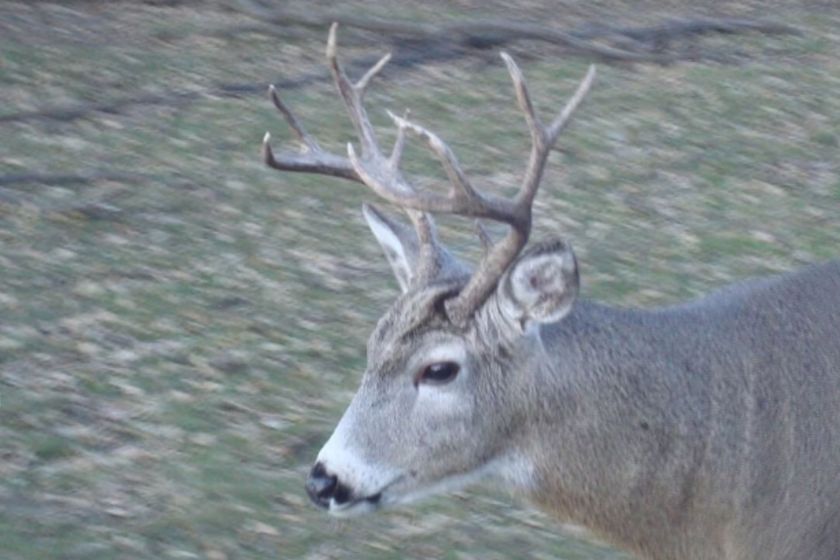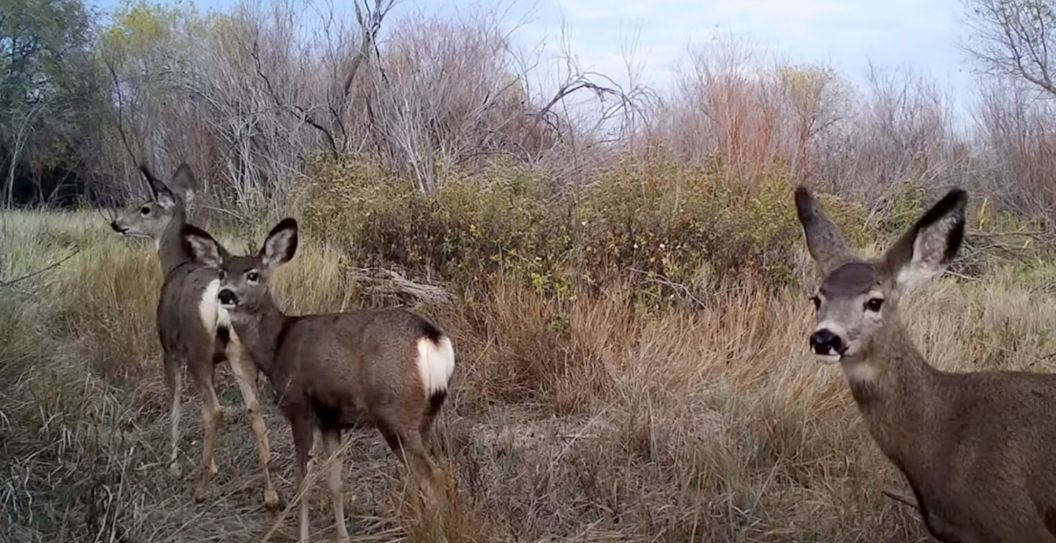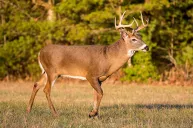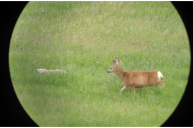Hybrid whitetail-mule deer are not a new phenomenon. They have been documented for well over 100 years in captivity and have likely existed in the wild much longer. In 1898, a whitetail-mule deer cross was born at the Cincinnati Zoo. They have been bred selectively in captivity for decades, often for research purposes.
In Wyoming and other states, whitetail and mule deer ranges overlap, and sometimes inter-species breeding occurs that creates hybrids. Most species keep their bloodlines isolated not so much by choice but by circumstance: Often, they are geographically isolated from one another, live in different habitats, breed during different time frames, or have species-specific mating rituals and behavior. While whitetail deer and mule deer do have separate breeding cycles, patterns, and behaviors, the overlap of ranges allows for some of those rules to be broken. It doesn't happen often, but experts say even when it does, it isn't a threat to the state's deer populations.
Kevin Monteith is a biologist with the Haub School of Environment and Natural Resources at the University of Wyoming. On the side, he is a taxidermist. In all the work he has done, he has yet to come across an actual hybrid whitetail-mule deer.
"People will say, 'Oh this must be a hybrid.' But usually, it's not," he told Cowboy State Daily. "I've never seen an actual hybrid come through my taxidermy shop."
Monteith estimates that percentages of crossbreed mule-whitetail deer populations in Wyoming are probably in the single digits.
Whitetails and mule deer look similar, but there are a few defining characteristics that set them apart, including facial markings, ear size, and preorbital glands (which are on the side of the face, with an opening in front of the eyes). Whitetails have a generally uniform coloring throughout the face and forehead, with white eye and nose markings. Mule deer have a distinctive black coloring on the forehead that sharply contrasts the rest of the face. Whitetail deer typically have shorter ears as compared with mule deer.

Photo Courtesy of Kevin Monteith
The preorbital glands on a whitetail deer are a small slit situated at the inside corner of the eye. On a mule deer, these glands are considerably larger and form a noticeable pocket.
The overlap, and true way to identify a crossbreed whitetail-mule deer, can be found in the metatarsal gland, which is located on the outside of the back legs. There is usually a tuft of hair sticking up over it. Like the preorbital glands, the metatarsal glands are smaller on whitetail—much smaller. Think 1-inch metatarsal glands on a whitetail and several-inch-long metatarsal glands on a mule deer. Monteith said that if a deer has metatarsal glands that fall between the two lengths, it is most likely a hybrid deer.
READ MORE: Montana Man Charged in Bizarre and Illegal Sheep-Cloning Scheme




